In the annals of the RTX 40 generation, the RTX Titan Ada reigned as the elusive and mysterious Bigfoot of its time. Various sources unearthed prototypes of this GPU, though Nvidia never released this beast for the mainstream. Roman 'Der8auer' Hartung has now managed to secure a prototype of this card, and in a new video, the overclocking expert showcased its capabilities across various games and synthetics, revealing what could have been.
Never Released: Testing NVIDIAs TITAN ADA Prototype - YouTube

Nvidia's Titan-class GPUs occupied a unique space among enthusiasts, outfitted with the fastest dies and configurations of their respective generation. While being powerhouses for workstations, they also managed to beat their consumer equivalents in gaming as well. The Titan RTX, revealed in 2018, was the last of its kind and these GPUs have since been superseded by Nvidia's 90-class GPUs: RTX 3090, RTX 4090, and RTX 5090.
The prototype carries a massive quad-slot cooler design, shadowing even the RTX 4090 Founders Edition. The card's shroud is stamped with the "Titan" designation. Der8auer defines it as "The biggest GPU I've ever held in my hand." Internally, the PCB has been mounted vertically to the side, as reflected by the I/O ports at the rear. Specifications-wise, we're looking at a fully-enabled AD102 chip with all 144 Streaming Multiprocessors functional, equating to 18,432 CUDA cores, 12.5% more than the RTX 4090. This is complemented by 48GB of G6X memory, achieved by placing 24x 16Gb modules in clamshell mode. We've already seen images of this GPU's PCB previously.
Der8auer says this GPU has a 450W TGP, despite the dual 12V-2x6 design, and that's probably a limitation of the vBIOS used. The driver used dates back to 2023, but the YouTuber didn't provide further details, likely to protect their sources.
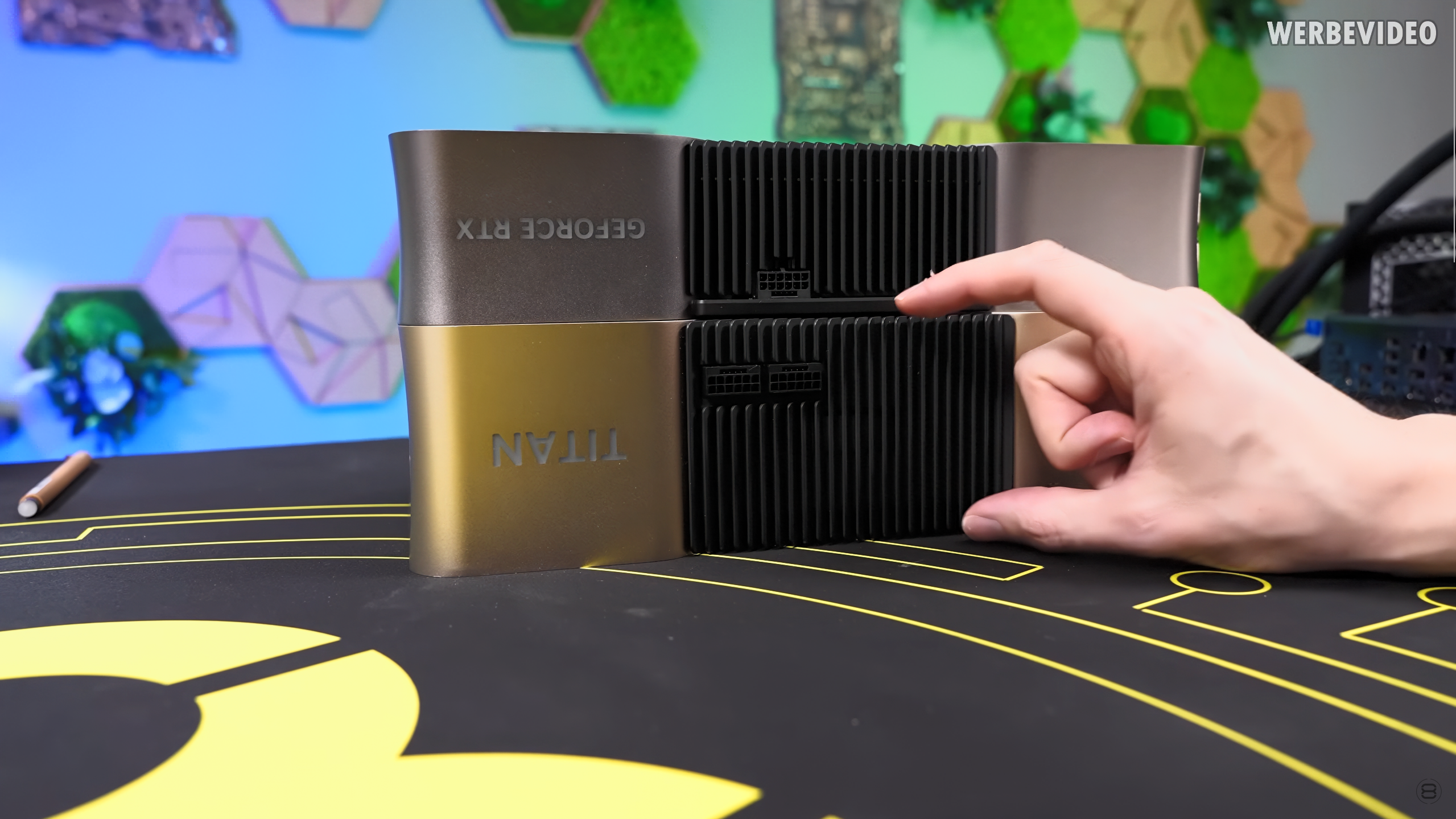
In 3DMark Time Spy Extreme, the RTX Titan Ada beats the RTX 4090 by 15% (139.3 vs 121.3), while consuming 14% (443W vs 388W) more power. Meanwhile, the RTX 5090 is 11% faster than the RTX Titan Ada, but consumes 21% more power. Near-linear scaling at this power draw is quite impressive for the Titan Ada. This suggests the GPU still has some performance headroom available and might be able to match the RTX 5090 in some tests if it benefitted from proper vBIOS and driver support.
3DMark Speedway was less impressive, scoring 7% faster than the RTX 4090, with the RTX 5090 ahead by 33%. Remnant 2 at 4K Max sees the Titan Ada pull ahead of the RTX 4090 by 10%, still 14% behind the RTX 5090, but that's still a commendable result. Much of the same story repeats in Cyberpunk 2077. Other games were accompanied by crashes and weird anomalies due to the drivers. In efficiency (FPS per Watt), the Titan Ada beats both the RTX 5090 and the RTX 4090, albeit by a small margin.
Overall, this was an impressive showcase for what could've been the fastest RTX 40 series GPU. Manufacturing costs were likely the primary reason this GPU didn't see the light of day, as there can only be so many perfect AD102 dies (609mm2) with no defects. The RTX Titan Ada was never a practical GPU, considering the workstation-oriented RTX 6000 Ada, which used a partially disabled AD102 chip (142/144 SMs), cost between $7,000 - $10,000. Either the RTX Titan would've been more expensive than this, which is unlikely since the RTX Titan (Turing) launched at $2,500, or it would've hurt Nvidia's workstation GPU sales.
Follow Tom's Hardware on Google News to get our up-to-date news, analysis, and reviews in your feeds. Make sure to click the Follow button.

 6 months ago
143
6 months ago
143
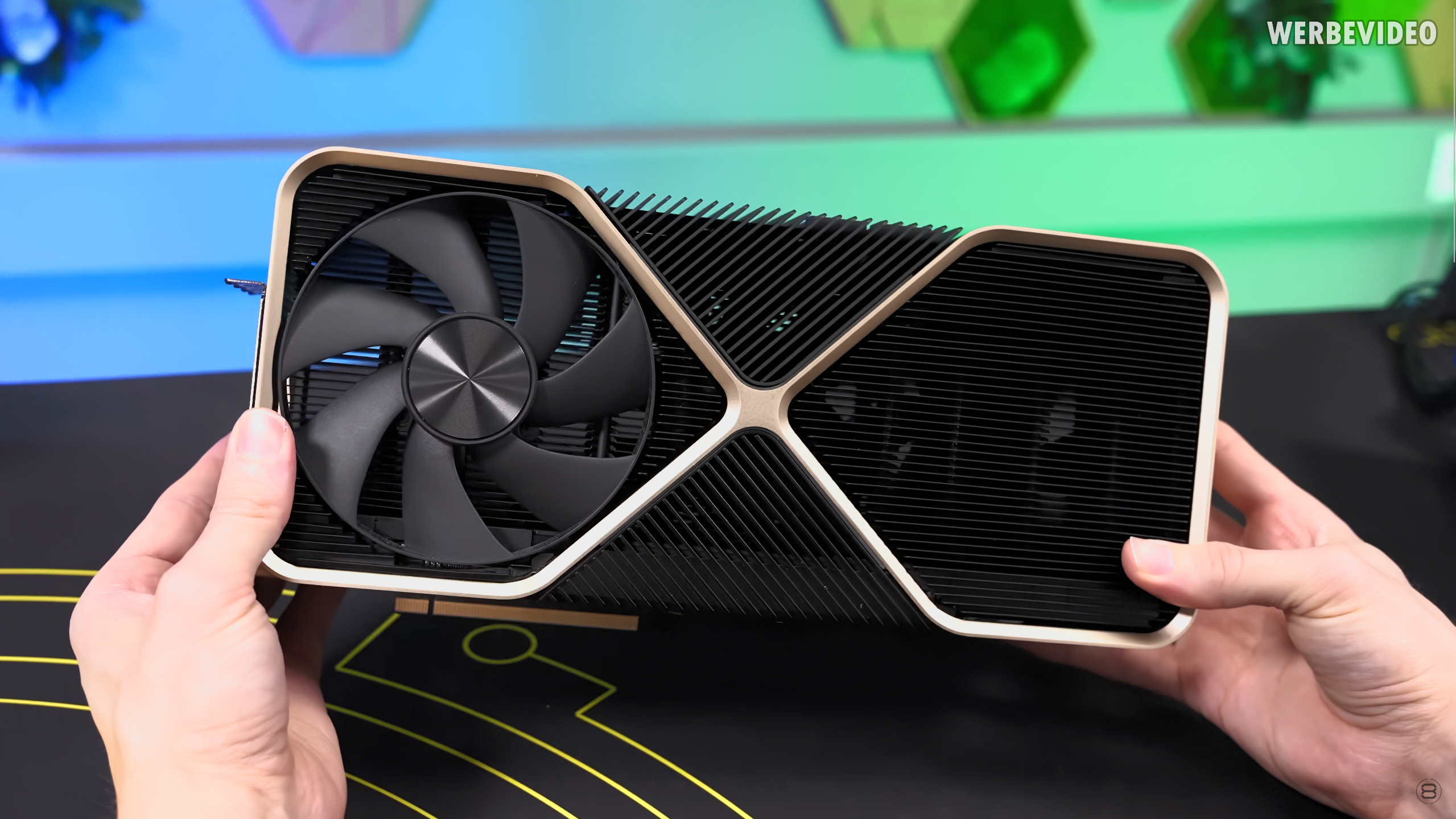
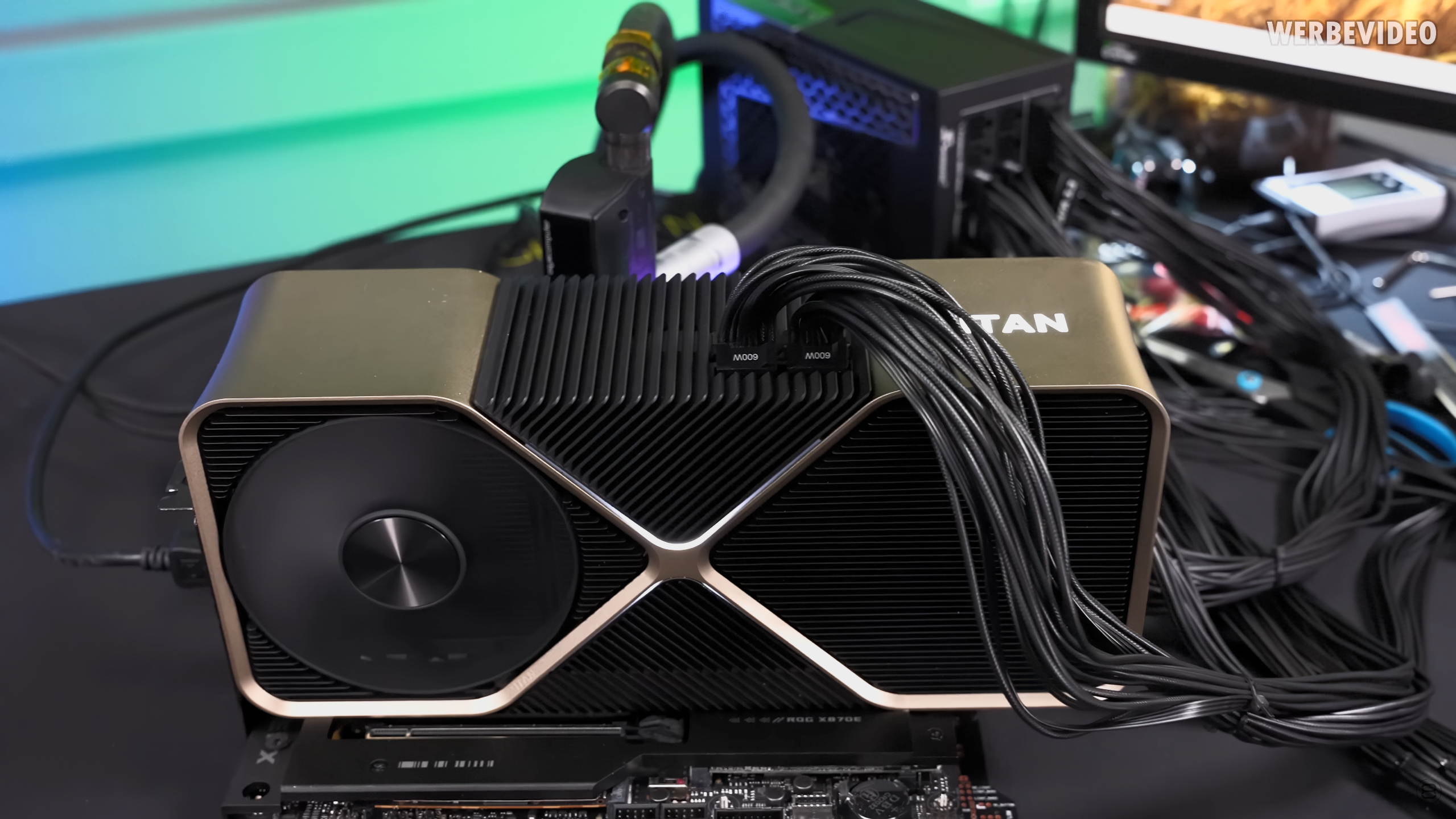
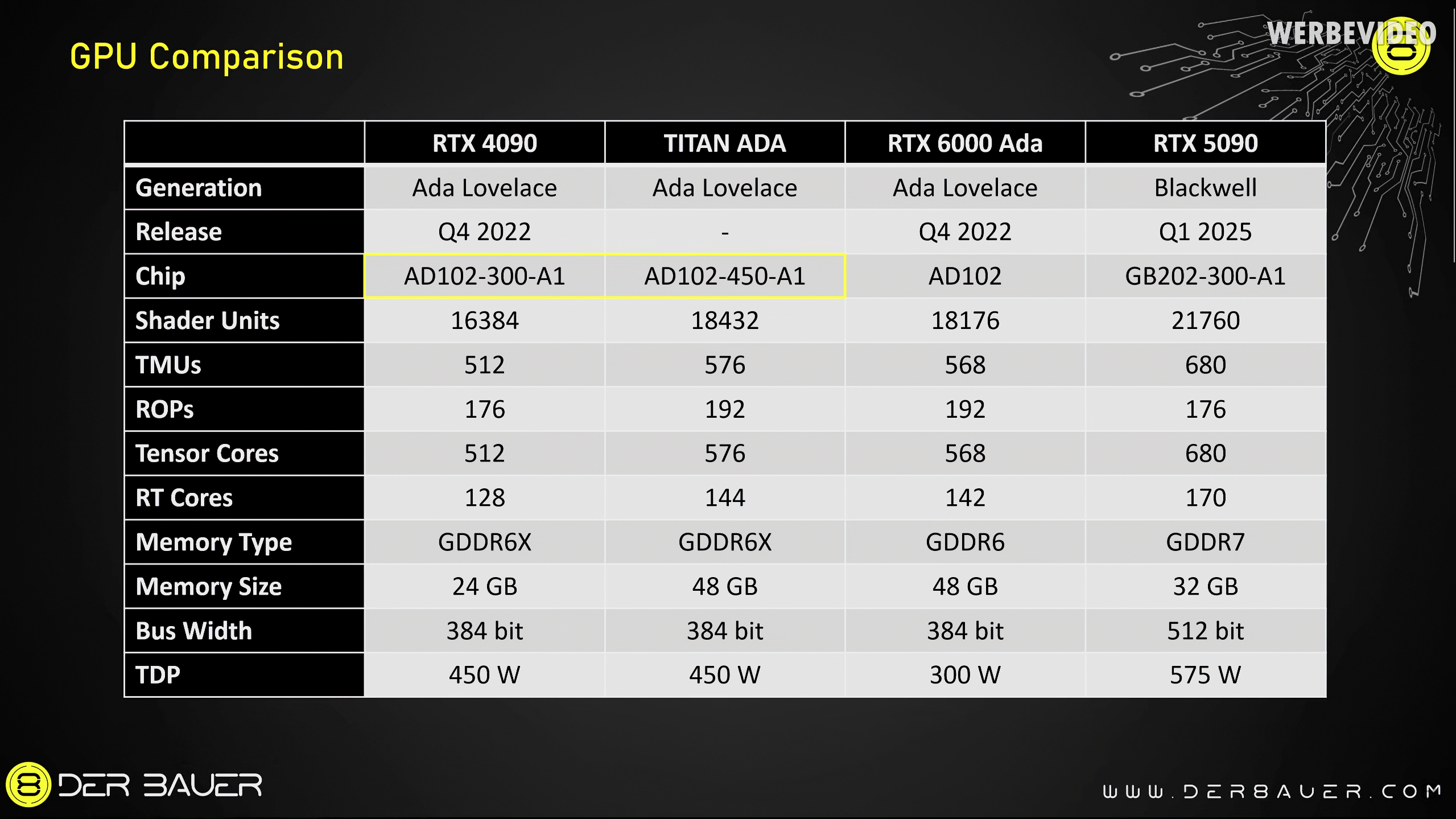
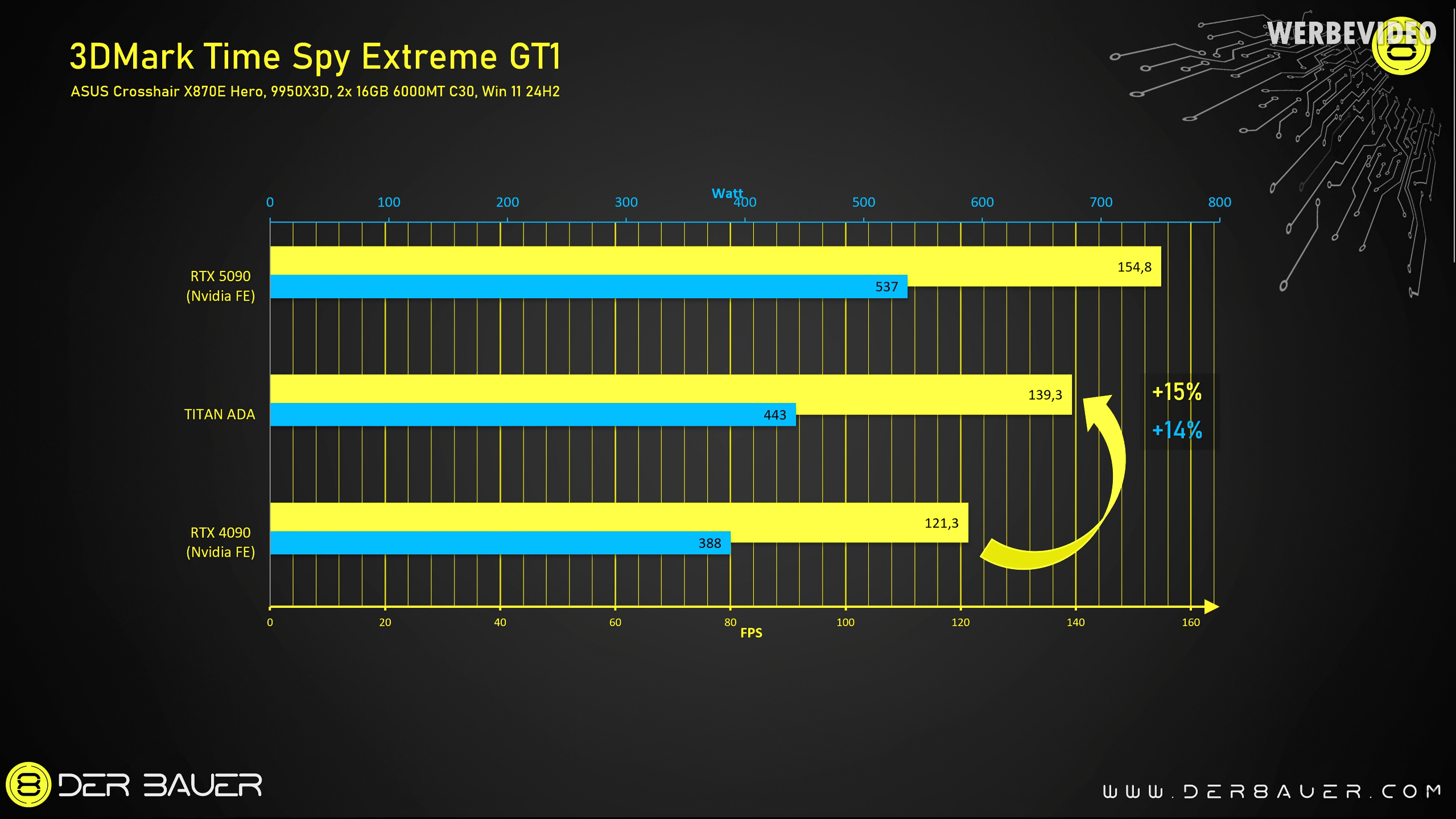
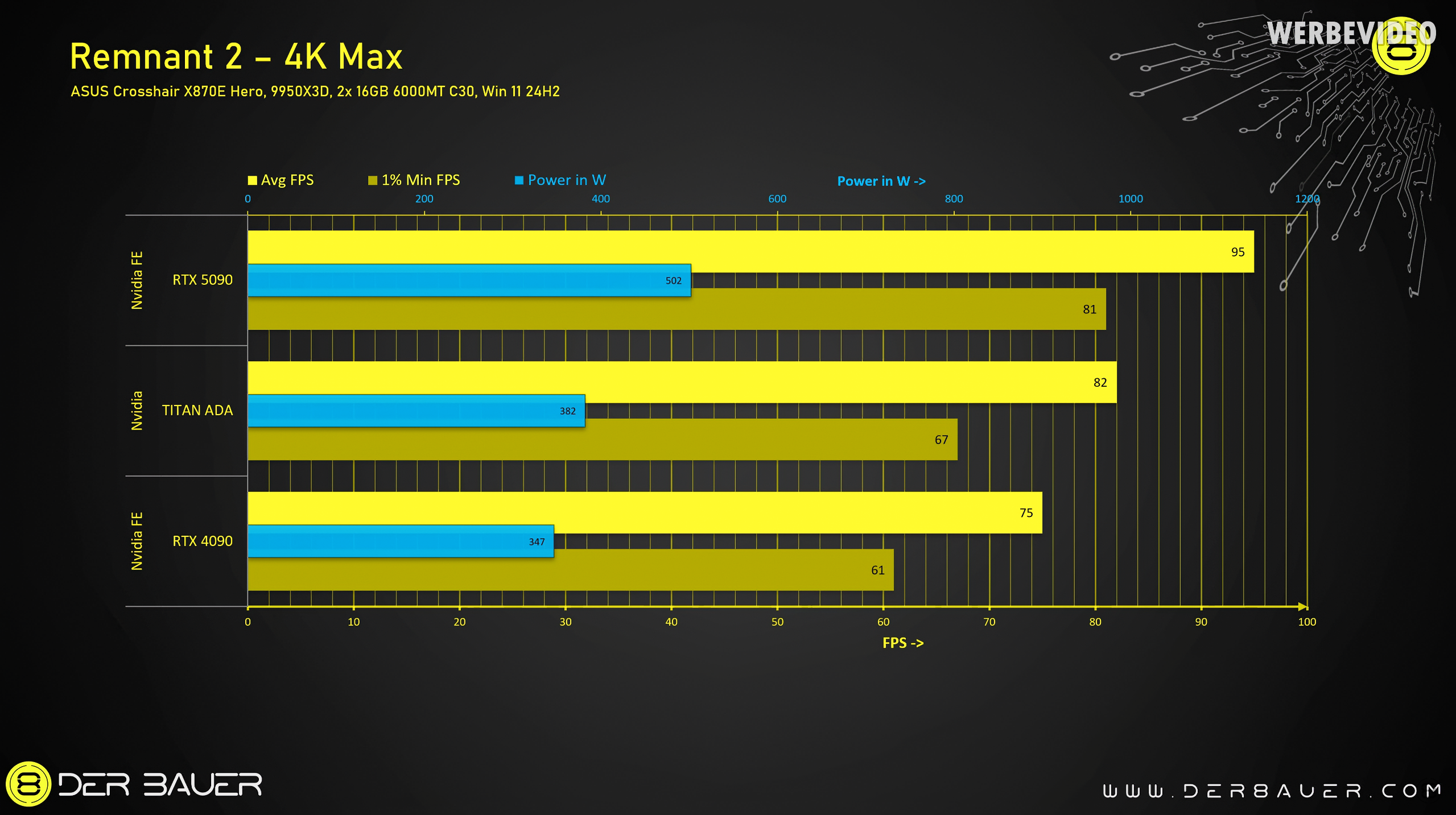
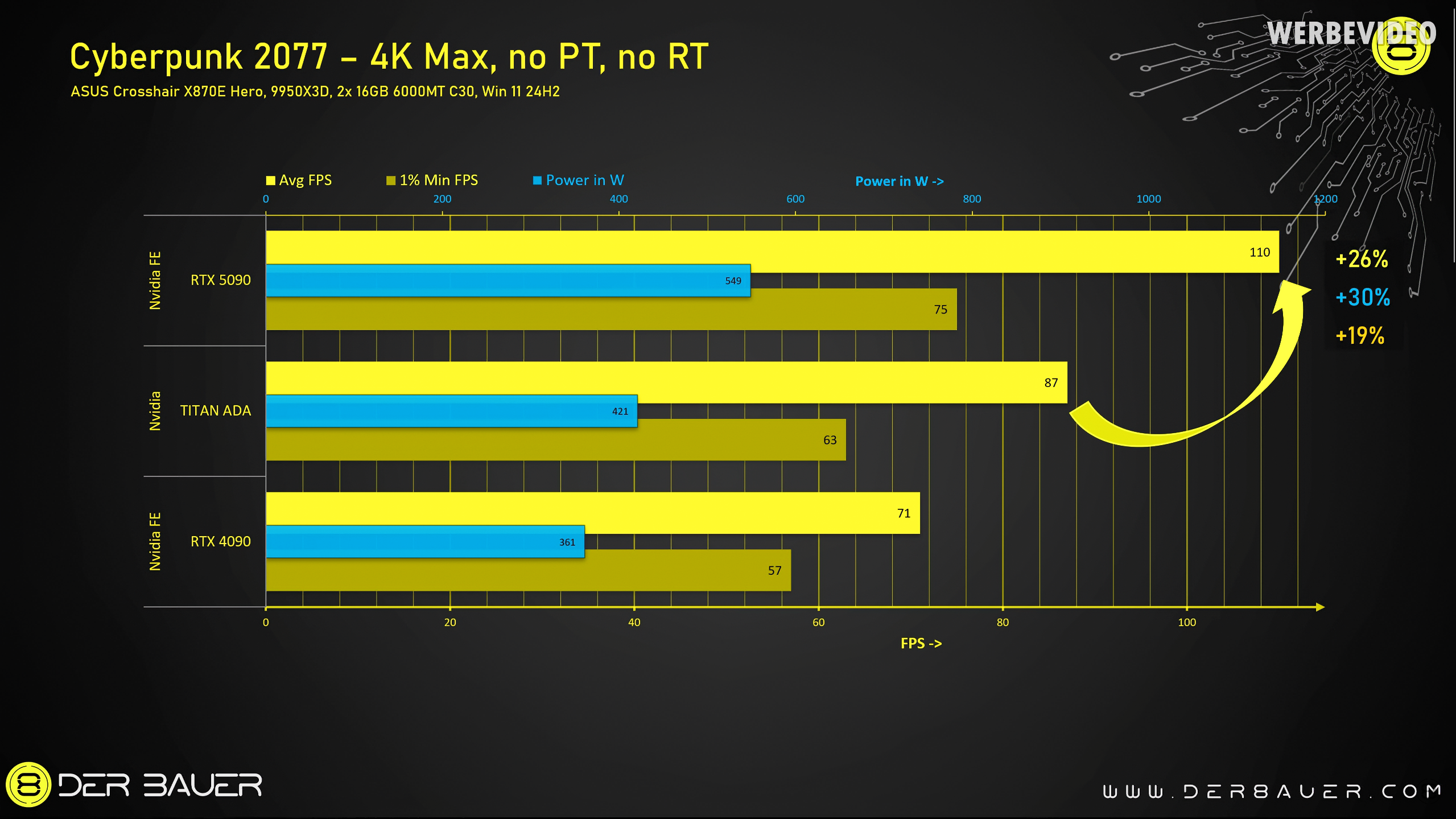
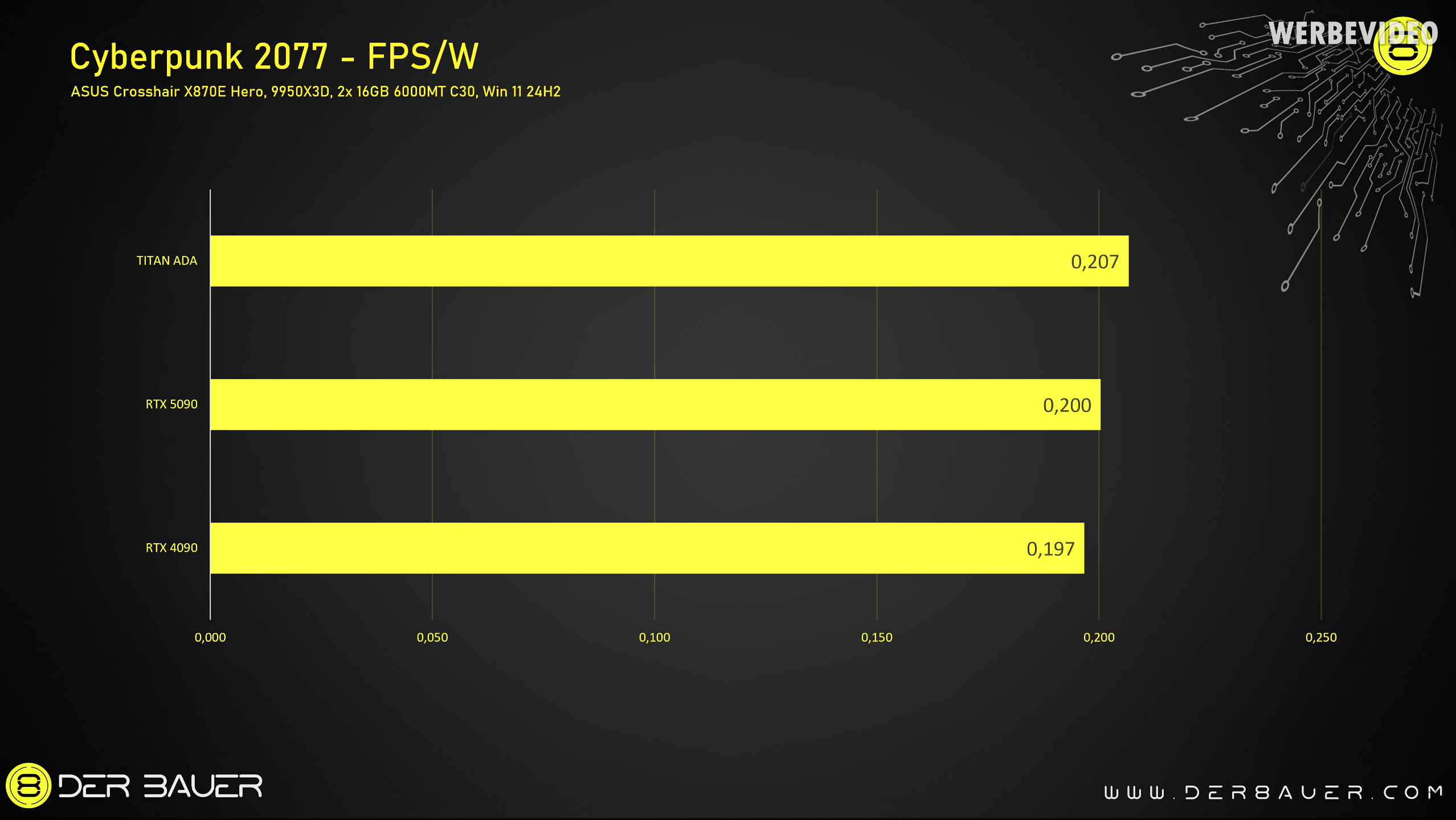

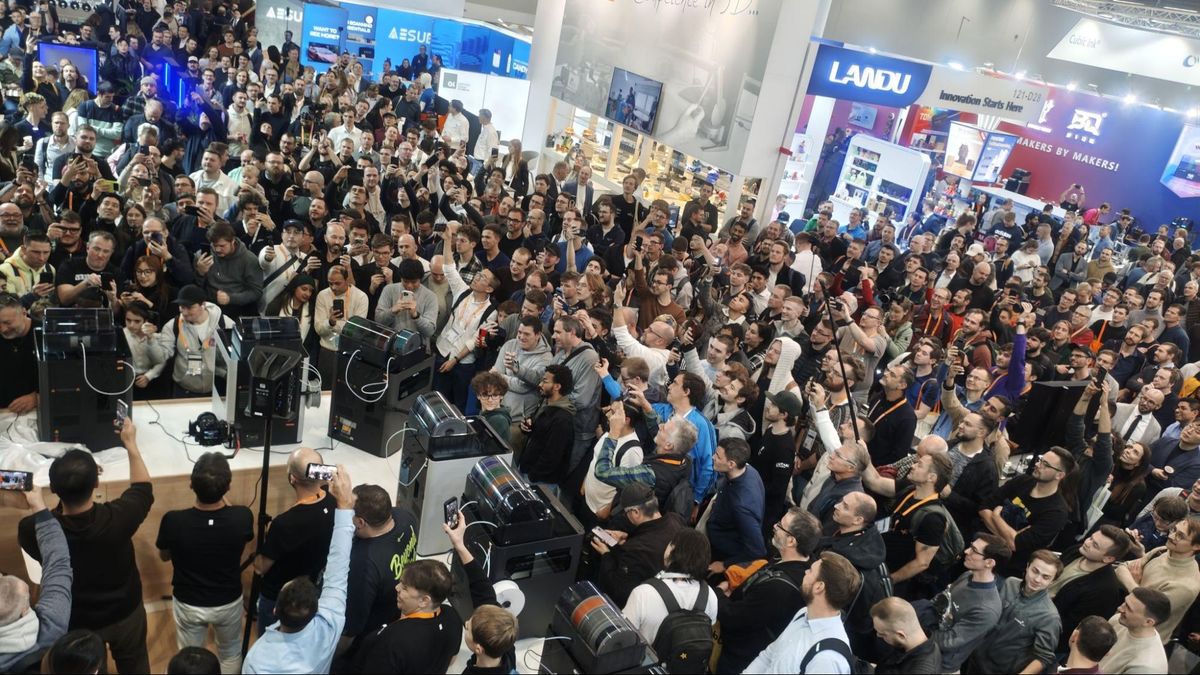

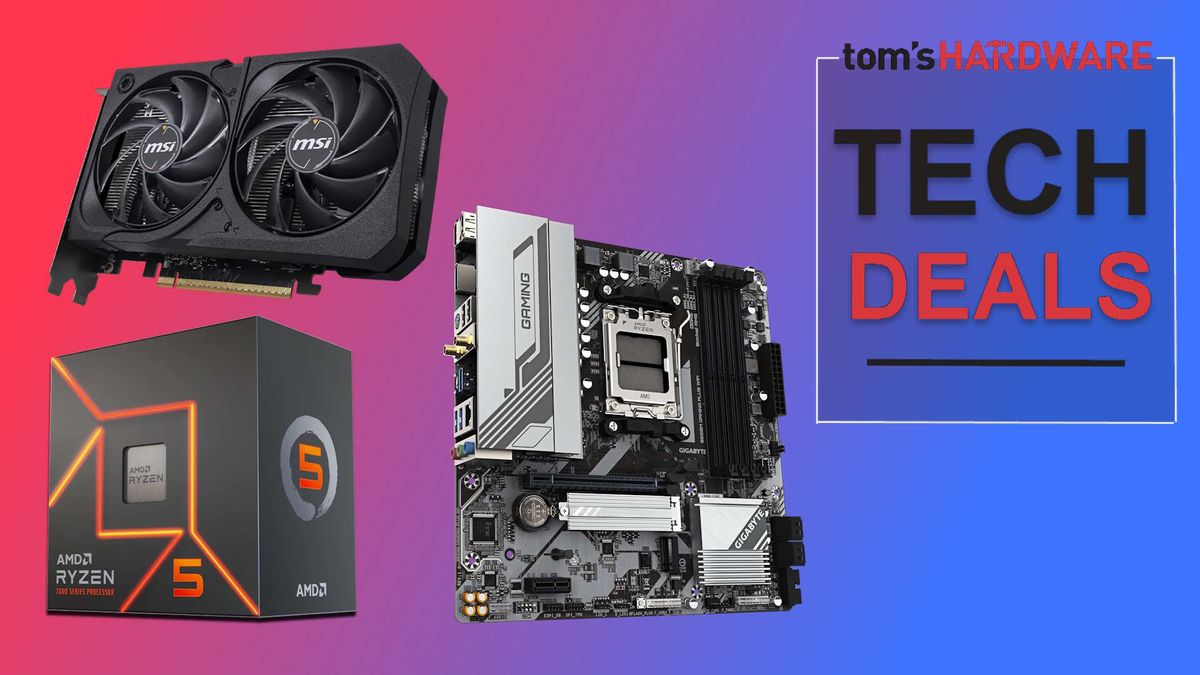



 English (US) ·
English (US) ·